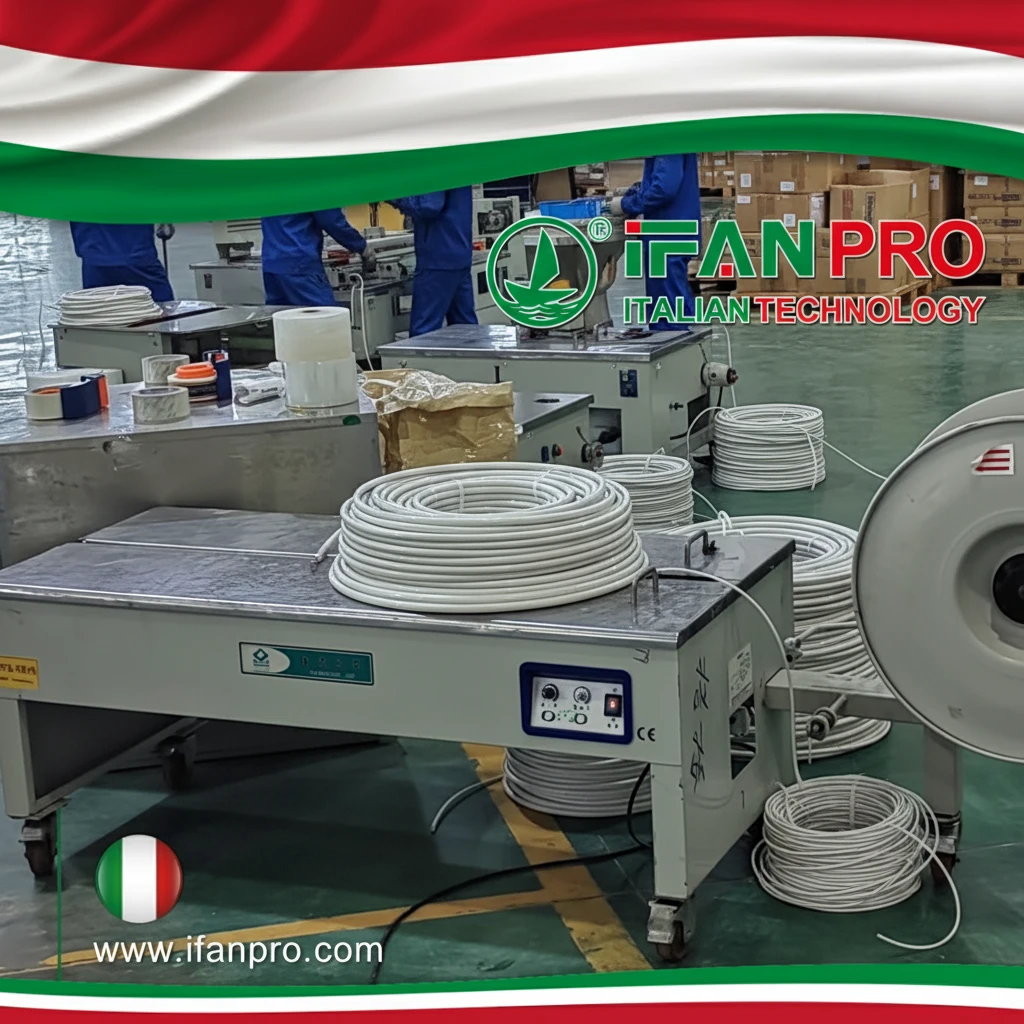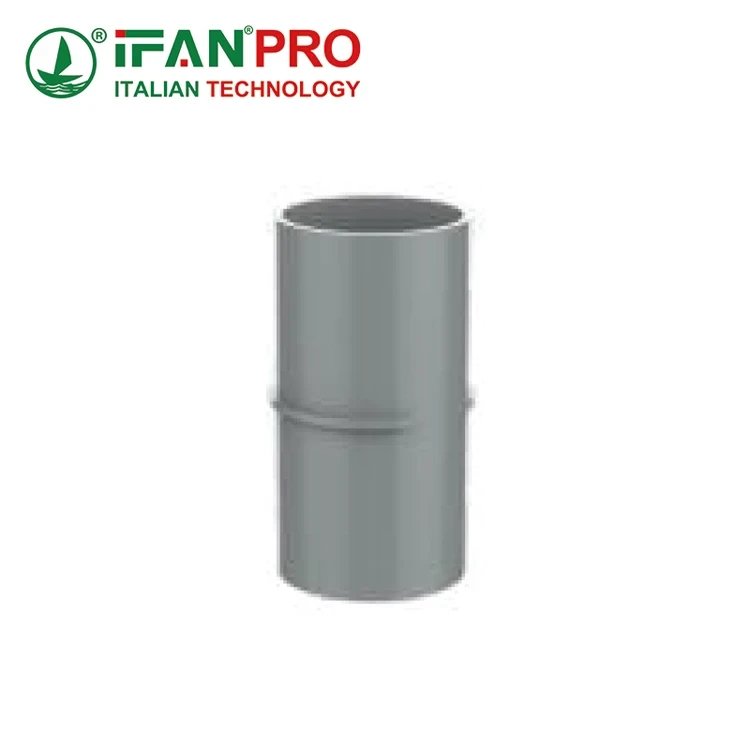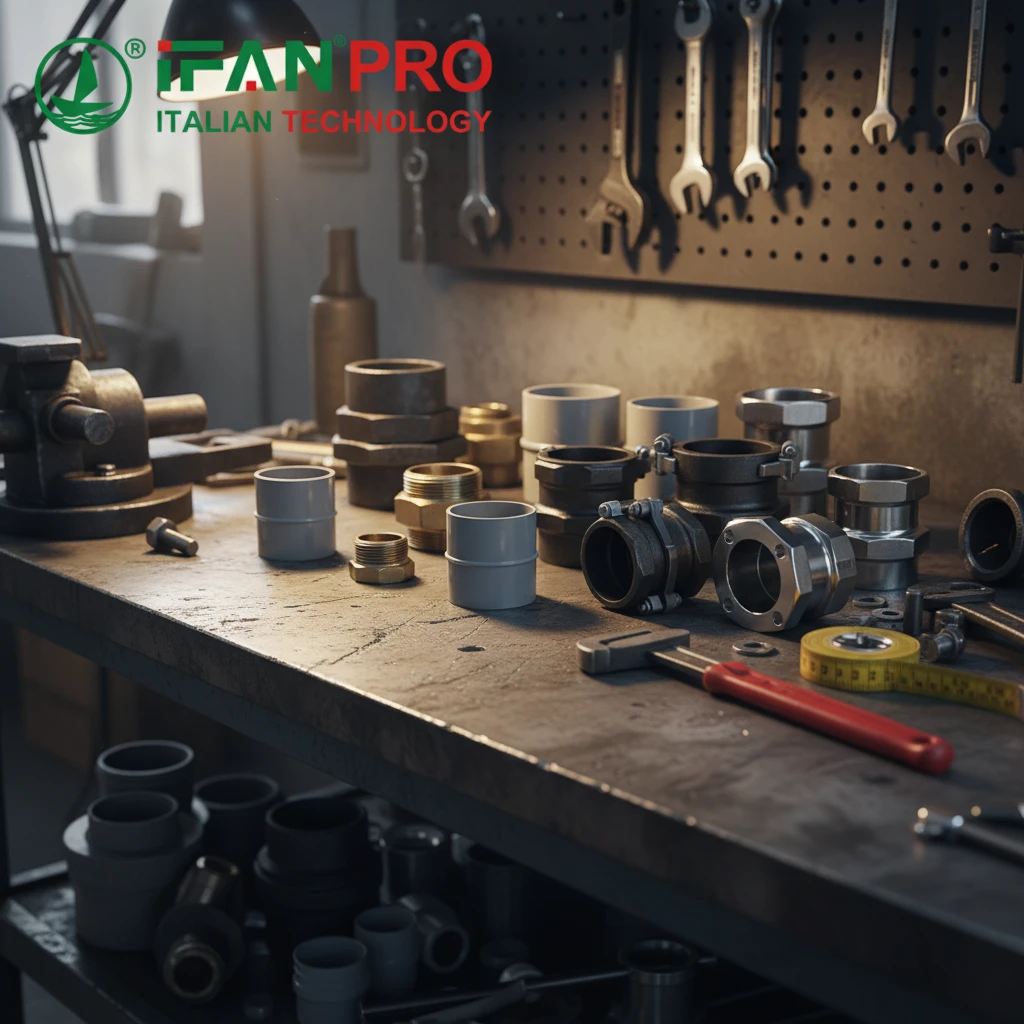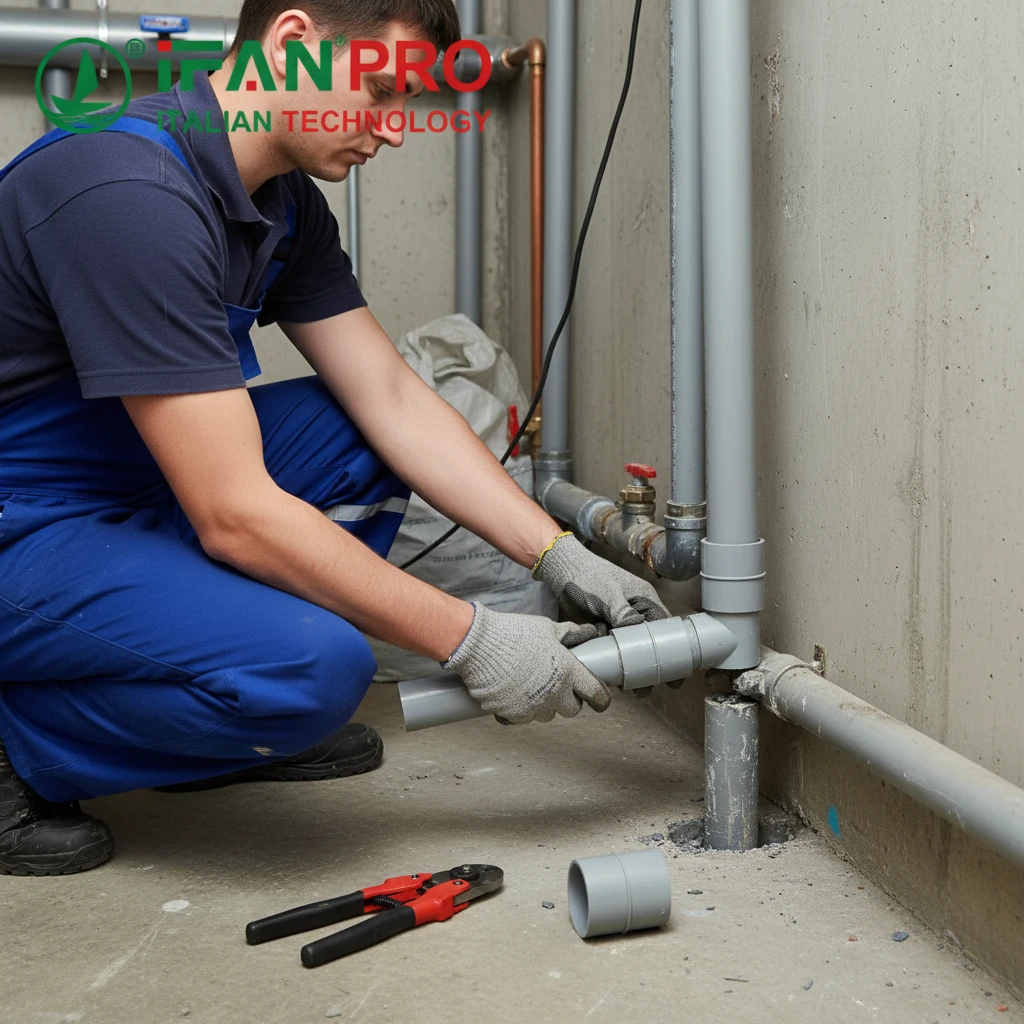In a recent international residential project, our team selected piping materials that complied with diverse water standards. Through testing, we verified that properly manufactured PEX pipe systems consistently meet international water safety requirements when carrying appropriate regional certifications.
PEX pipe meets international water standards through certifications like ASTM F2788 for performance and compliance with EPA lead-free mandates. Additionally, it adheres to European EN 12201 standards. These verifications ensure PEX piping systems remain safe for global potable water applications when manufacturers follow proper testing procedures.
Understanding specific certifications ensures compliance with water safety regulations. Moreover, recognizing regional differences helps navigate global market requirements. The following analysis examines how PEX piping satisfies water standards through testing protocols and regional certifications.
Which Specific International Certifications Does PEX Pipe Carry for Water Safety?

While auditing materials for an international hotel chain’s water systems, we verified certified PEX pipes consistently met safety requirements. This process highlighted the importance of understanding certification marks and their significance.
PEX pipe carries key international certifications including ASTM F2788 for performance, NSF/ANSI 61 for material safety, and European EN 12201 standards. These certifications validate that PEX systems meet rigorous standards for potable water applications, material durability, and long-term performance under various conditions.
Global Certification Framework
PEX pipe qualifications operate within a structured international framework. ASTM F2788 establishes requirements for PEX pipes in pressure applications including potable water. This standard specifies testing for hydrostatic burst pressure and oxidative stability in chlorinated water. The certification verifies PEX pipes withstand operational pressures while maintaining integrity.
Furthermore, different markets require specific regional certifications. The European EN 12201 series covers plastics piping systems for water supply. These standards ensure products meet strict European requirements for material safety and performance. Additionally, NSF/ANSI 61 certification addresses health effects related to drinking water components.
How Does PEX Comply with European and American Drinking Water Regulations?
While managing compliance transitions for a manufacturing client, we navigated both European and American requirements. We discovered significant alignment in safety objectives despite different regulatory frameworks.
PEX complies with European regulations through EN 12201 standards and upcoming EU Drinking Water Directive implementation. Meanwhile, it meets American requirements via EPA lead-free compliance and ASTM standards. Both regions mandate specific material formulations and testing protocols to ensure piping safety for drinking water.
European Regulatory Compliance
The European framework establishes harmonized requirements for drinking water materials. New EU regulations establish binding requirements for materials contacting drinking water. These regulations include implementing acts that will be fully enforced from December 31, 2026. The framework establishes positive lists of approved substances and standardized testing methodologies.
Additionally, EN 12201 specifies requirements for plastics piping systems for water supply. These standards cover characteristics for pipes conveying water for human consumption. Compliance demonstrates conformity with essential requirements for mechanical performance and material safety.
American Regulatory Compliance
The United States maintains rigorous requirements for plumbing products. The Safe Drinking Water Act mandates that plumbing products must be certified as “lead-free.” This means not more than 0.25% lead on wetted surfaces. Manufacturers must ensure compliance before introducing products into the U.S. market.
Moreover, PEX pipes comply with American standards through ASTM F2788. This specification establishes testing protocols for long-term performance. It includes hydrostatic sustained pressure strength and oxidative stability in chlorinated water systems.
What Testing Protocols Verify PEX Pipe Quality for Global Water Standards?
During quality assurance for an international project, we observed how testing protocols validate PEX pipe performance. These tests ensure reliability across different global regions and applications.
Testing protocols for PEX pipe quality include hydrostatic burst pressure tests, sustained pressure testing, and oxidative stability assessments. These standardized tests simulate decades of service conditions. They ensure pipes maintain structural integrity and don’t degrade water quality under normal operation.
Performance Verification Testing
Rigorous testing protocols validate PEX pipe performance. ASTM F2788 requires extensive hydrostatic testing including burst pressure evaluations. These tests verify pipes withstand both pressure surges and long-term static conditions. Testing occurs at multiple temperatures to simulate various service environments.
Additionally, oxidative stability testing ensures PEX pipes resist degradation in chlorinated water. This testing accelerates aging processes to verify long-term material stability. It ensures pipes won’t deteriorate or contaminate water through chemical reactions.
Furthermore, material composition analysis verifies PEX compounds meet safety requirements. This includes checking lead content doesn’t exceed 0.25% on wetted surfaces. It also ensures no harmful substances migrate into drinking water.
How Can You Confirm PEX Pipe Meets Your Country’s Specific Water Requirements?
When sourcing materials for international projects, we developed a verification system. This efficiently confirms local compliance while ensuring water safety across installations.
Confirm PEX pipe meets your country’s requirements by checking certification marks and verifying manufacturer documentation. Also consult local plumbing codes and request third-party verification reports. Regional requirements vary significantly, making direct verification with local authorities essential for compliance.
Regional Verification Framework
Different regions maintain distinct compliance frameworks. For EU countries, verify compliance with EN 12201 standards for water supply systems. Additionally, prepare for upcoming mandatory certification under the revised EU Drinking Water Directive. Ensure products appear on positive lists of approved materials.
In the United States, confirm PEX pipes comply with ASTM F2788 performance standards. They should carry NSF/ANSI 61 certification for health effects. Crucially, verify EPA lead-free compliance with proper documentation.
Asian markets often reference international standards with local modifications. China’s GB/T 13663.2 standard addresses polyethylene pipe systems for water supply. Always verify local certification requirements rather than assuming international certifications suffice.
Practical Verification Steps
Implement this verification process for compliance assurance:
| Verification Step | Documents to Request | Red Flags to Identify |
|---|---|---|
| Certification Review | Current test certificates | Expired certifications |
| Соблюдение материальных норм | Lead-free documentation | Missing compliance statements |
| Performance Standards | Test reports against standards | Partial testing coverage |
| Local Approval | Regulatory approval documents | Lack of country approval |
Заключение
PEX piping systems meet international water standards when properly manufactured and certified. Key certifications provide assurance of safety and performance for drinking water applications. Global harmonization of water standards continues progressing under frameworks like the revised EU Drinking Water Directive.
For reliable PEX piping solutions, IFAN’s certified products comply with international water standards through rigorous testing and complete documentation. When selecting PEX pipes, verify current certifications specific to your region. Request test documentation from manufacturers and consult local authorities to ensure compliance with evolving water safety regulations.













Последние комментарии